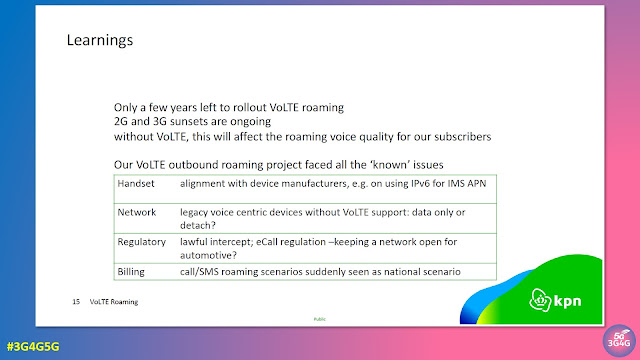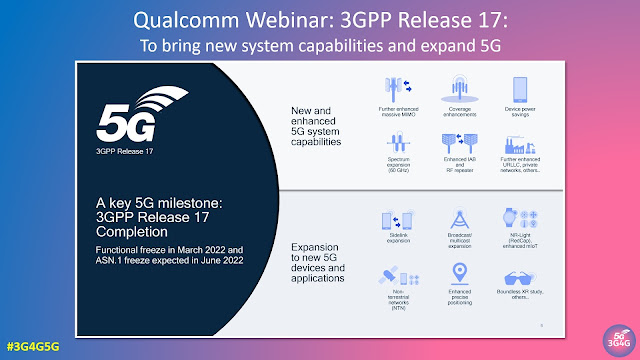People involved with mobile technology know the challenges with uplink for any generation of mobile network. With increasing data rates in 4G and 5G, the issue has become important as most of the speeds are focused on download but upload speeds are quite poor.
Speedtests are still the 5G killer app (#5GKillerApp) right now. Fantastic speeds from Verizon 5G Ultra Wideband (UWB) #5GBuiltRight. Upload speeds 250+ Mbps but notice how to hold the phone right to get these speeds 🤫https://t.co/DS18IOw8AW
— 3G4G (@3g4gUK) February 12, 2021
Even without massive MIMO mobile networks are uplink limited. We've always engineered networks accordingly.
— Andy Sutton (@960sutton) June 5, 2019
People who follow us across our channels know of many of the presentations we share across them from various sources, not just ours. One such presentation by Peter Schmidt looked at the uplink in details. In fact we recommend following him on Twitter if you are interested in technical details and infrastructure.
The details of his talk as follows:
The lecture highlights the influences on the mysterious part of mobile communications - sources of interference in the uplink and their impact on mobile communication as well as practices for detecting sources of RF interference.
The field strength bar graph of a smartphone (the downlink reception field strength) is only half of the truth when assessing a mobile network coverage. The other half is the uplink, which is largely invisible but highly sensitive to interference, the direction from the end device to the base stations. In this lecture, sources of uplink interference, their effects and measurement and analysis options will be explained.
Cellular network uplink is essential for mobile communication, but nobody can really see it. The uplink can be disrupted by jammers, repeaters, and many other RF sources. When it is jammed, mobile communication is limited. I will show what types of interference sources can disrupt the uplink and what impact this has on cellular usage and how interference hunting can be done.
First I explain the necessary level symmetry of the downlink (from the mobile radio base station - eNodeB to the end device) and the uplink (from the end device back to the eNodeB). Since the transmission power of the end device and eNodeB are very different, I explain the technical background to achieving symmetry. In the following I will explain the problems and possibilities when measuring uplink signals on the eNodeB, it is difficult to look inside the receiver. In comparison, the downlink is very easy to measure, you can see the bars on your smartphone or you can use apps that provide detailed field strength information etc. However, the uplink remains largely invisible. However, if this is disturbed on the eNodeB, the field strength bars on the end device say nothing. I will present a way of observing which some end devices bring on board or can be read out of the chipset with APPs. The form in which the uplink can be disrupted, the effects on communication and the search for uplink sources of disruption will complete the presentation. I will also address the problem of 'passive intermodulation' (PIM), a (not) new source of interference in base station antenna systems, its assessment, measurement and avoidance.
The slides are available here. The original lecture was in German, a dubbed video is embedded below:
If you know of some other fantastic resources that we can share with our audience, please feel free to add them in the comments.
Related Posts:
- The 3G4G Blog - Radio Design Webinar: Optimising Your 700 MHz Deployments
- The 3G4G Blog: 2G/3G Shutdown may Cost Lives as 4G/5G Voice Roaming is a Mess
- The 3G4G Blog: Lawful Intelligence and Interception in 5G World with Data and OTT Apps
- The 3G4G Blog: Transitioning from eCall to NG-eCall and the Legacy Problem
- The 3G4G Blog: ATIS Webinar on '5G Standards Development Update in 3GPP Release 17 and 18'
- The 3G4G Blog: 3GPP Release-17 5G NR Reaches Completion
- The 3G4G Blog: 5G Network Slicing for Beginners
- The 3G4G Blog: Everything you need to know about 5G Security


















